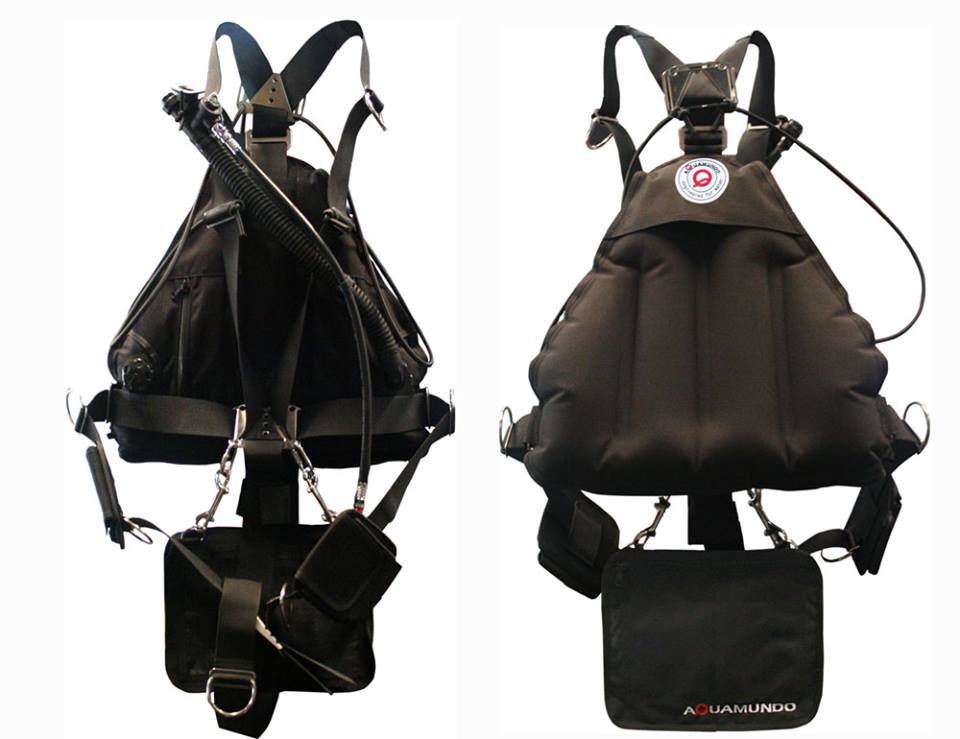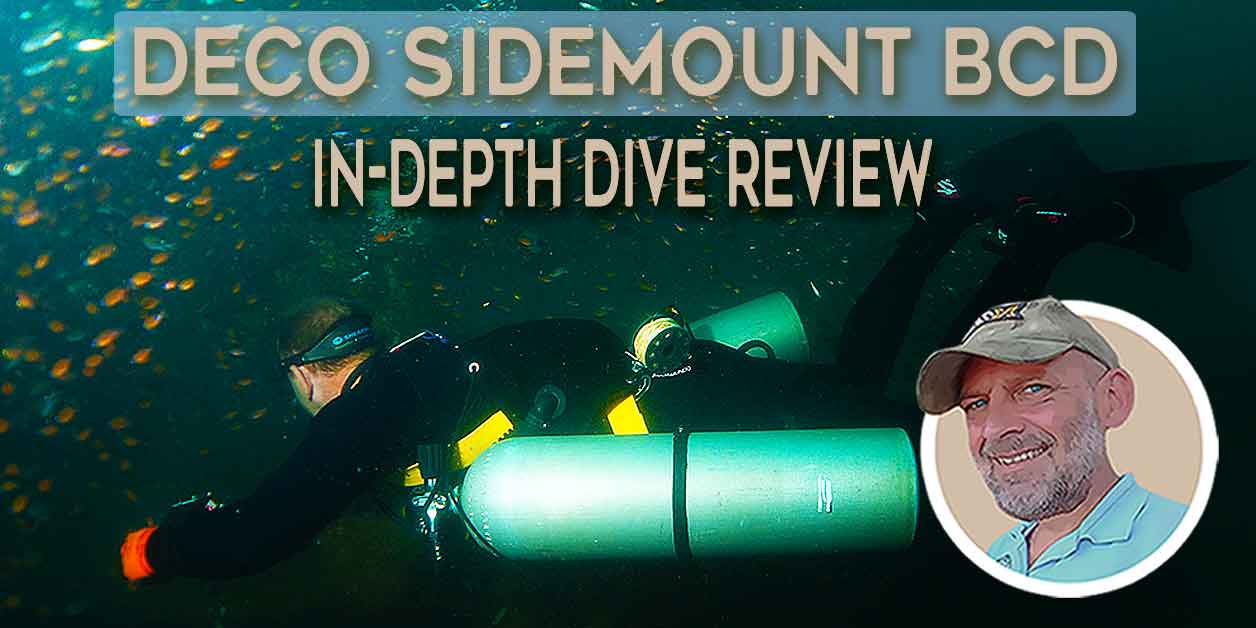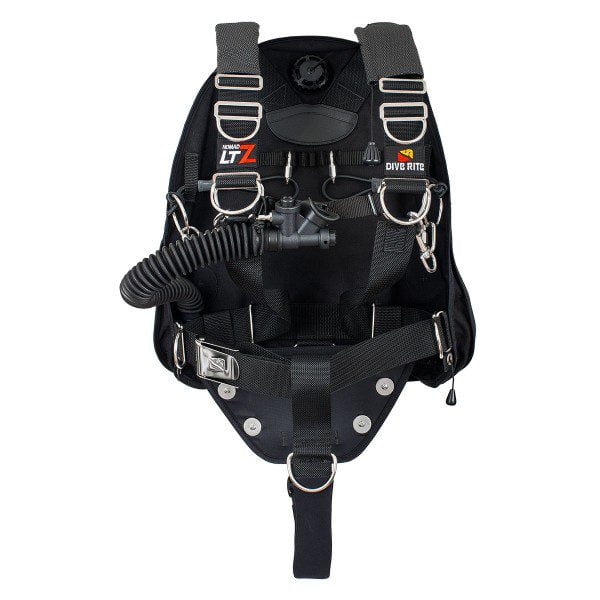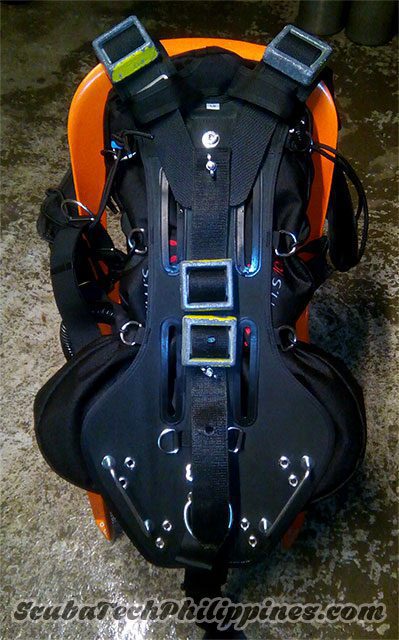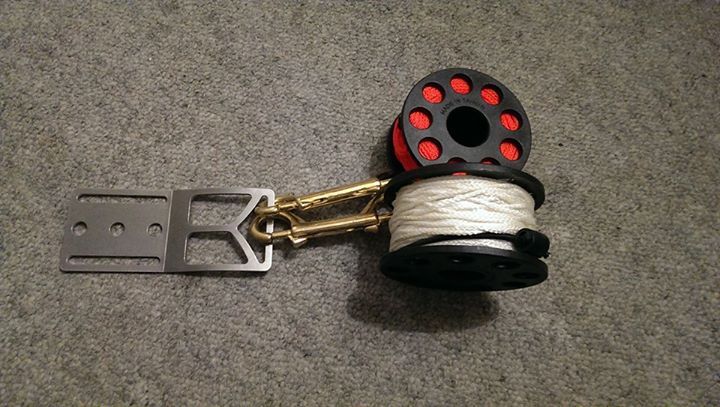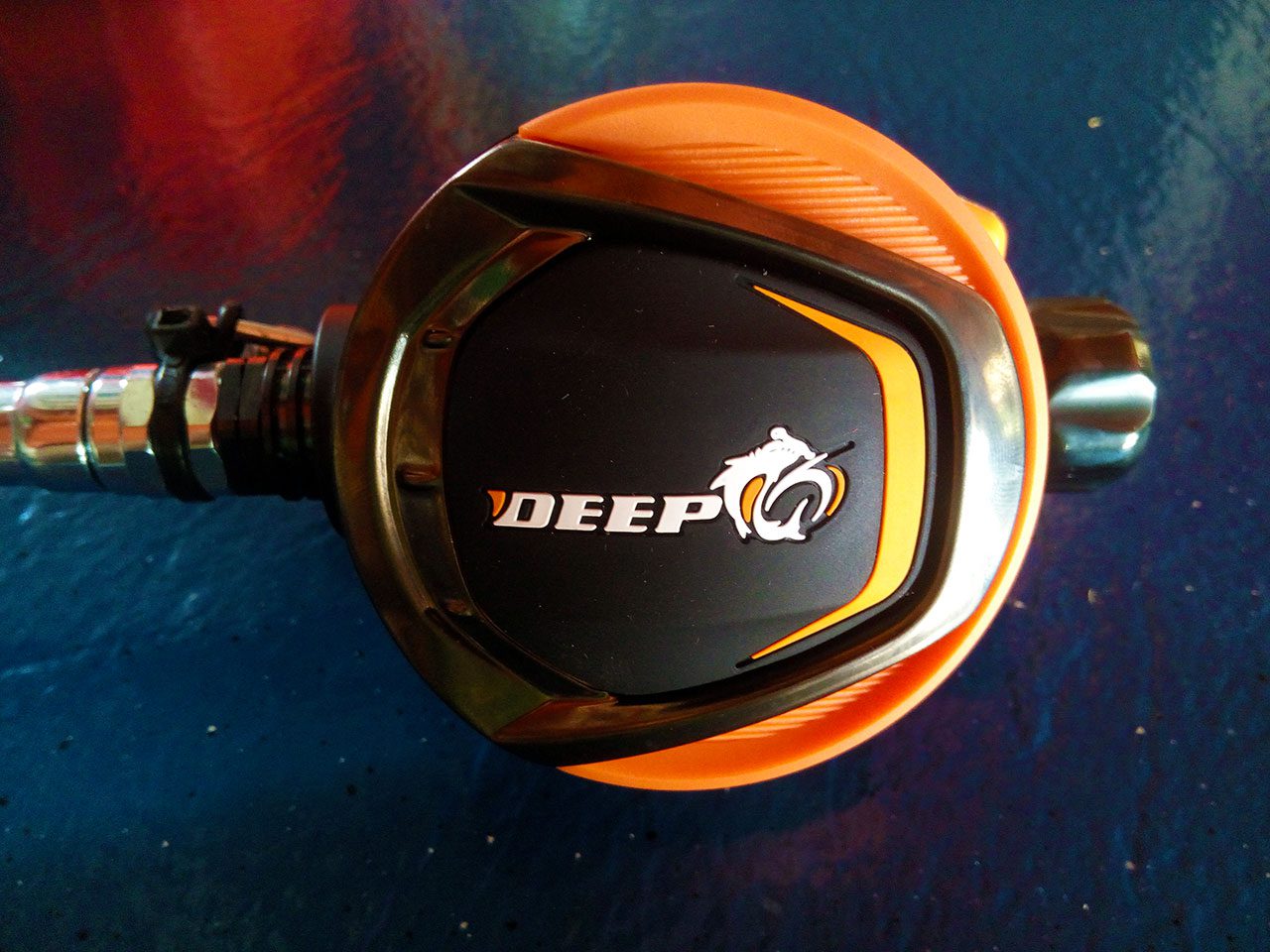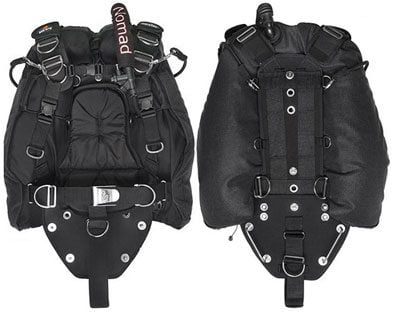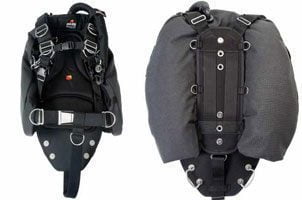Finnsub backplate options
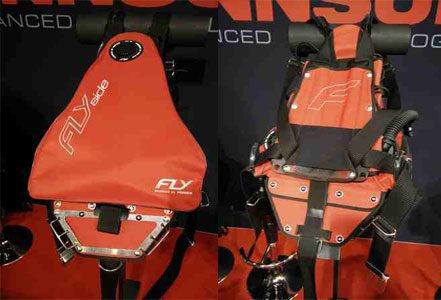
Trim weighing
Finnsub wing buoyancy
Buttplate rail system
Finnsub materials and construction
Finnsub specifications
- Buoyancy: 35lb / 16kg
- Material: 500 PU Cordura Inner / 2000 Cordura Outer
- Weight: Varies depending on backplate option
- Manual: Not known
- Manufacturers Link: The Fly Side BCD
Initial Sidemount Community Reaction
Whilst the FinnSub Fly Side is still undergoing testing and review, it has caused a mixed reaction amongst the online sidemount diving community.
The main question being asked is why FinnSub have seemingly reverted to using a solid/metal backplate as the intrinsic harness attachment.
Overhead Environment (cave/wreck) divers have cited the dangers of solid-backplates as a significant entrapment risk when passing tight restrictions; the dreaded ‘key-hole’ wedging.
There has also been criticism of the location of the top OPV, which overhead environment divers foresee will be subject to risk of extreme abrasion and other damage against ceilings/restrictions.
Author’s Reaction
The ‘Fly Side’ seems to be a retrograde step in sidemount evolution. I’m not sure whether to count it as a ‘pure’ sidemount BCD or as just backplate/wing adapter.
If considered a backmount adapter, then it is, perhaps, the most elegant solution on the market currently (albeit not using an existing wing, just the backplate).
The wing is ‘Mexican-style‘ in design; intended for use with aluminum cylinders; but the buttplate rail system will only work ideally with steel cylinders (Florida style). I’m confused whether it is intended for warm or cold water use. Most warm water destinations don’t use steel cylinders; the AL80 is ubiquitous.
However, as a stand-alone sidemount BCD, FinnSub seem to have dispensed with two of sidemount’s most intrinsic benefits; flexibility and freedom, in order to unimaginatively address mundane weighting considerations.
As a trimix technical wreck and advanced overhead sidemount instructor, I’d be very wary of attempting extreme restrictions in any sidemount BCD that contained a solid backplate. For that reason, I really don’t see that this rig has much place in sophisticated cave or wreck scenarios.
Another significant benefit to sidemount bcds is their lightness and low-bulk for travel. The Fly Side also abandons that concept and requires divers to lug heavy backplates in their suitcases; along with corresponding excess baggage fees.
The top OPV/Pull-Dump is extremely exposed and, for me personally, would probably be catastrophically damaged on it’s first serious wreck penetration dive. I’ve always believed that OPVs on sidemount BCDs need to be protected by placing them on the underside, or at least, on the sides.
I’ve destroyed plenty enough outside-located OPVs to be anything but skeptical about claims they can stand-up to the abuses of serious overhead environment restrictions passage.
The FinnSub in a nutshell
A Hollis SMS50 on steroids, built around a heavy backplate system that defeats many of the ‘pros’ of sidemount.
“2004 called and wants it’s backplate back”
I’m just mystified why a company would make Mexican-cave style wing for aluminium tanks, then add a buttplate for steel cylinders, and finally the decision to compromise so many sidemount advantages by using a metal backplate. It’s an ill-considered design that doesn’t seem informed of how sidemount evolved.
About the Author

Andy Davis is a RAID, PADI TecRec, ANDI, BSAC and SSI qualified independent technical diving instructor who specializes in teaching advanced sidemount, trimix and wreck exploration diving courses across South East Asia. Currently residing in ‘wreck diving heaven’ at Subic Bay, Philippines, he has amassed more than 9000 open circuit and CCR dives over 28 years of diving across the globe.
Andy has published many magazine articles on technical diving, has written course materials for dive training agency syllabus, tests and reviews diving gear for major manufacturers and consults with the Philippines Underwater Archaeology Society.
He is currently writing a series of books to be published on advanced diving topics. Prior to becoming a professional technical diving educator in 2006, Andy was a commissioned officer in the Royal Air Force and has served in Iraq, Afghanistan, Belize and Cyprus.
Originally posted 2015-01-28 13:50:22.


